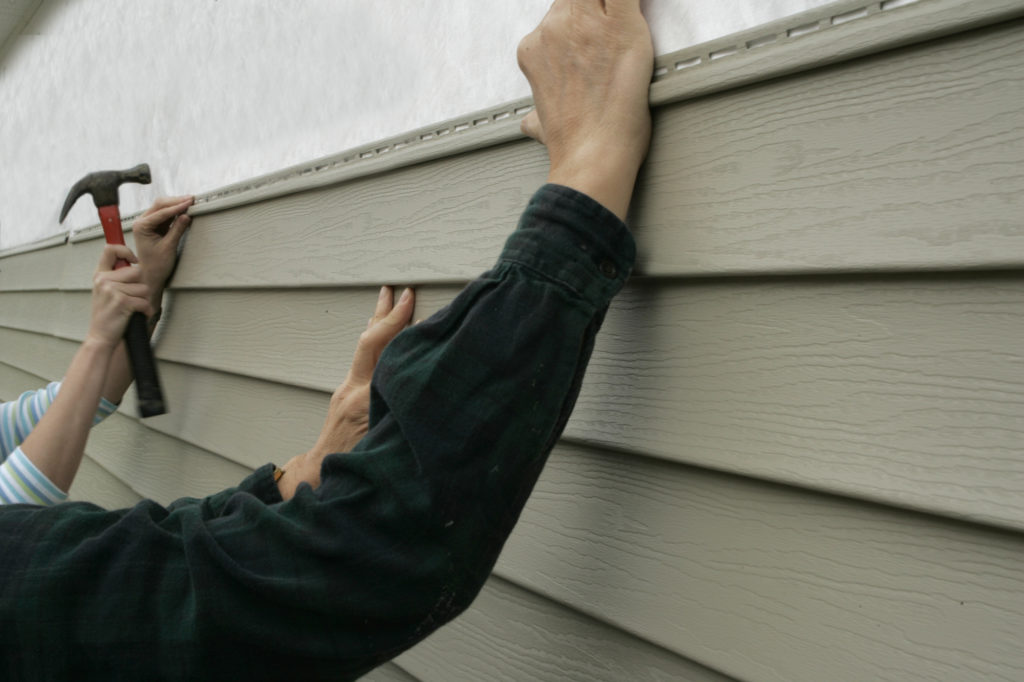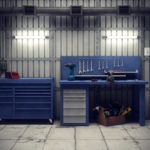
When it comes to beauty, people say, “It’s what’s on the inside that counts.” That’s not always true–especially when it comes to the home.
The exterior of a home is its most important feature. It’s the first layer of decor and defense for your home. So if you’re renovating or building from scratch, siding is the most viable material.
Siding does to the outside of a home what an interior decorator does to the inside. It raises the standard. The best siding increases energy efficiency and protects against weather elements. It also elevates the outer appearance of a home, giving it curb appeal.
If you’re looking to upgrade you’re home, there are a few things you need to know. Let’s weigh the pros and cons as we look at how to choose the best siding for your home.
Vinyl as the Best Siding
Vinyl is popular, cheap, and one of the most selected materials by builders and homeowners. The average price for vinyl starts as low as $3 per square foot, cheaper than most sidings.
Succeeding aluminum siding, vinyl offers a variety of advantages and style options.
Pros
- Durability – vinyl withstands strong winds up 110mph and most brands come with a lifetime warranty.
- Low-maintenance – depending on geographical location, vinyl sidings only need cleaning once a year. Soap and water suffice.
- Earth-friendly – these sidings are a form of thermoplastic called polyvinyl chloride (PVC). PVC is a recyclable plastic that can be repeatedly melted down and reformed into something.
Cons
- Repairs – if a panel cracks or gets damaged in the slightest, patchwork won’t work. The entire panel will need replacing.
- Home Value – regarded as cheap, vinyl siding could lower the historical value of your home. Some home appraisers advise against it in some locations.
Before choosing vinyl, assess the value of your home and mull over the advantages and cons. Discover more.
Wood Siding
Wood siding is another attractive option for the exterior of your home. There are several different wood options–clapboards, lap, shakes, shingles, and tongue and groove.
Clapboard siding is an American standard for homes and has been around for a long time. It’s one of the oldest forms or siding on the market, with uses of pine and cedar. Wood siding is beautiful but it does not come without disadvantages.
Pros
- Aesthetics – wood siding is naturally beautiful and could raise the value of your property. It’s versatile, coming in different textures and styles.
- Installation – you can DIY wood siding without calling on a professional. The process may be lengthy, but you can get it done without paying a hefty installation bill.
- Easy Fit – this siding is easy to cut and shape to fit difficult housing structures.
Cons
- Cost – depending on the style, this siding tends to be pricey, almost twice the price of other sidings.
- Damage – termites, sun exposure, and water rot are enemies of wood. Wood siding is subject to all these.
- High-maintenance – wood sidings need painting and staining. If your home is not ventilated, this could damage the paint, leading to costly repairs.
Consult with a local professional for suggestions on the best wood siding options.
Fiber Cement Siding
A mixture of wood pulp, sand, and cement, fiber cement siding is tougher than vinyl and more stable than wood.
Fiber-cement shingles are fire and weather resistance, saving homeowners thousands on homeowner’s insurance. This type of exterior is long-lasting and comes with a good warranty.
Pros
- Stability – when exposed to extreme weather, this siding doesn’t expand and contract like wood. This stability allows paint to last longer, saving you money on upkeep.
- Cleaning – besides periodical painting, fiber cement siding doesn’t call for much maintenance at all.
- Damage resistance – its durability makes it unsusceptible to termites, sun, and water damage.
Cons
- Cost – Fiber cement siding is not cheap. The starting price is almost twice the minimum price of vinyl.
- Installation – Installing fiber cement is not a one-person job. It’s best to hire a professional to tackle the job.
Fiber cement siding is an expensive investment. It’s not ideal to install this siding on a property you plan to sell right away. You might not recover the cost of labor and installation.
On the hand, it’s a great venture for homeowners to install on a primary residence.
Choose a Siding
Sidings can provide lifetime protection to your home. No matter the style option, you can enhance the outer appearance of your home and raise the value.
Choose the best siding that fits your budget and your home style.
Read our latest home and garden stories for more tips for the home.

